With special guest Biscotti!
I hate to break it to you, but you’ve been lied to your entire life. Bugs Bunny aside, rabbits do not subsist on carrots. The pet food store isn’t much help, either. Even if there’s a rabbit on the package, that doesn’t mean the brand has your pet’s best interest at heart.
Rabbits aren’t like cats or dogs, or even other rodents like hamsters. Rabbits are like…well, rabbits, and they have their own unique diets that need to be followed for proper nutrition. It can seem intimidating to know what to feed your rabbit at first, but if you already supply your household with fresh produce you’re off to a good start!
Just Eat It!
My bunny Biscotti will be the first to tell you that bunnies enjoy a good meal, just like you! A good combination of hay, vegetables, fresh water and perhaps a small amount of pellets will keep your rabbit happy and hoppy.
What the Hay?
Hay is essential to your pet’s health and should make up about 80-90% of your rabbit’s diet. It provides roughage, reducing the danger of blockages, and helps wear down their ever-growing teeth. Hay should be available 24 hours a day. Mixed grass or timothy hay is best because it’s lower in calcium, calories and protein (which adult bunnies don’t need much of) than alfalfa. Try to find sweet-smelling green hay to feed your rabbit rather than cheap and musty, dusty yellow hay with short strands (the latter is, unfortunately, what’s most commonly sold in stores).
Drink Up!
Not a food, but still worth mentioning: fresh water should always be available to your rabbit. Rabbits will drink from either a wide-mouthed water bottle or from a water bowl, although bowls should be cleaned more often due to the collection of hay and fur. In order to ensure Biscotti is drinking enough water during the hot summer months, I like to leave his vegetables fairly wet when I offer them.
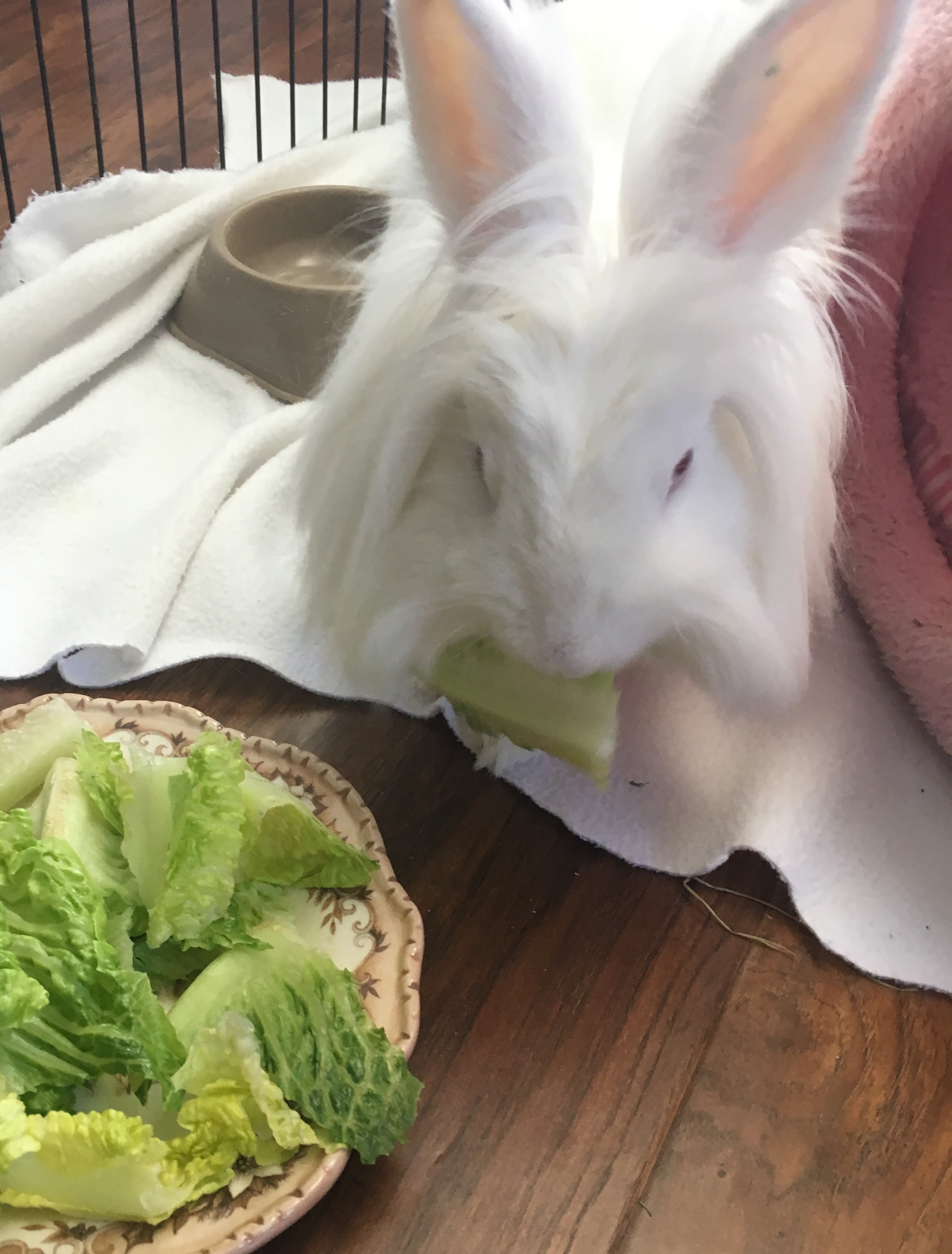 Biscotti says: “Enough talking. Lettuce eat!”
Biscotti says: “Enough talking. Lettuce eat!”
Veggie Tales
You should offer your rabbit about three kinds of vegetables daily, feeding about 1 cup of veggies per 4 pounds of bunny body weight. It’s necessary to choose a variety of veggies so that your bun can obtain vital nutrients and wear different parts of his teeth down. Introduce new foods gradually (one at a time is best) to ensure your rabbit can tolerate them, and monitor your rabbit’s stool for soft poo. If a food causes soft stool or diarrhea, it should be eliminated. Always thoroughly clean the vegetables you feed your rabbit to wash off any pesticides and dirt.
Some ideas for what to feed your rabbit:
Apple leaves (they love chewing on the wood, too)
Bell peppers
Blackberry leaves (one of Biscotti’s favorites!)
Celery leaves
Cucumber
Green beans
Peas
Radish tops
Romaine lettuce (never Iceburg or lettuce with light colored leaves, as they are devoid of nutrition)
Squash
Fresh Herbs and Weeds:
Basil
Cilantro
Clover (leaves and flowers)
Dandelions
Mint
Parsley (limited, as it is high in calcium)
Oregano
Rosemary
Sage
Thyme
 I’m running out of snacks, Mom!
I’m running out of snacks, Mom!
Limit these gassy veggies, as they may cause digestive upset:
Broccoli (and leaves)
Brussels Sprouts
Cabbage
Cauliflower
You can find a list of poisonous plants you should NOT feed your rabbit here.
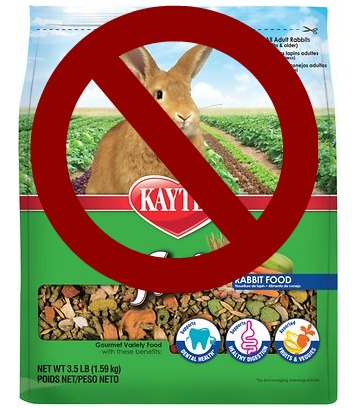 “It has a rabbit on the package!”
“It has a rabbit on the package!”
Pellets or No Pellets?
Pellets, if offered, should be timothy hay-based (although alfalfa may be fine for younger rabbits), fresh, low in protein and high in fiber (at least 18%). Food blends with seeds and other “goodies” mixed in are widely available in pet stores but should not be fed to your rabbit. Just because it has a rabbit on the package doesn’t mean it’s good for them, so do your research!
Just like a human, a rabbit’s nutritional needs vary depending on their stage of life. For mature adults (aged 1 to 5 years), it is recommended that they are fed about ¼ to ½ cup of pellets per 6 pounds of body weight. This amount varies depending on your rabbit’s metabolism and/or the proportion of vegetables you feed your rabbit. Senior rabbits (over 6 years of age) may need an unrestricted amount of pellets if they are unable to keep up a sufficient body weight.
If you choose to feed your rabbit a lower quantity of pellets, or even no pellets at all, it is important that you replace the nutritional value without the calories. Increase the amount of vegetables you feed your pet and be sure to encourage hay all day.
Tasty Treats
Rabbits have quite a sweet tooth and love a variety of fruits and sweeter vegetables (such as the famed carrot). However, due to calorie and sugar content, these treats should be limited to no more than about 2 tablespoons per day. If they had their way, bunnies would devour these sweet treats to the exclusion of healthier ones!
Some rabbit-safe treats include:
Apples (without the seeds)
Blueberries
Blackberries and raspberries (the leaves, too)
Carrots
Grapes
Kiwi
Melon
Oranges (including the peel)
Peaches
Strawberries (and leaves)
Gassy veggies listed above
Although often touted in stores, refrain from giving your rabbit processed human treats like yogurt drops, seeds, corn, chocolate, and cereal, because research suggests they may contribute to a toxic and fatal overgrowth of bad bacteria in the intestinal tract.
A great rule of thumb to follow is this: when in doubt, leave it out. Rabbits have strong tastebuds but sensitive stomachs and will try anything – even if it’s poisonous and bad for them. It’s up to you to protect them and figure out what to feed your rabbit.
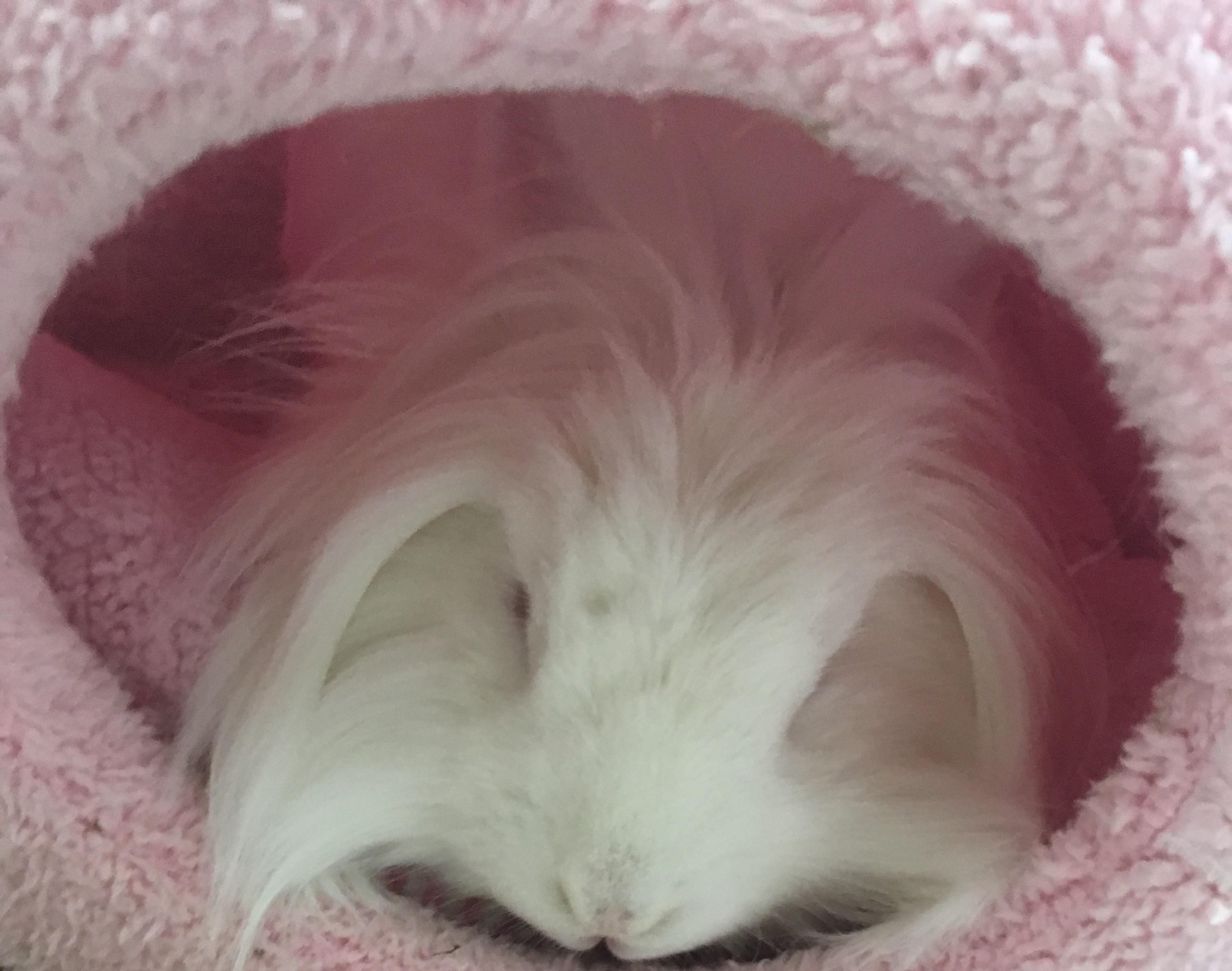 “Somebunny tell me when it’s snack time again…”
“Somebunny tell me when it’s snack time again…”
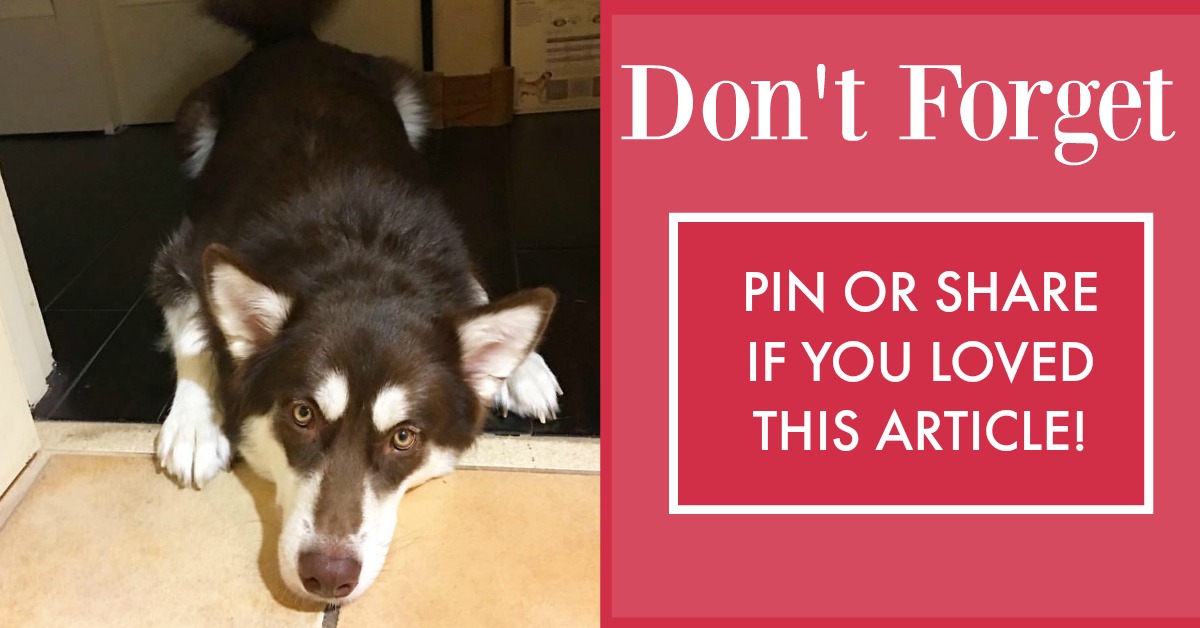
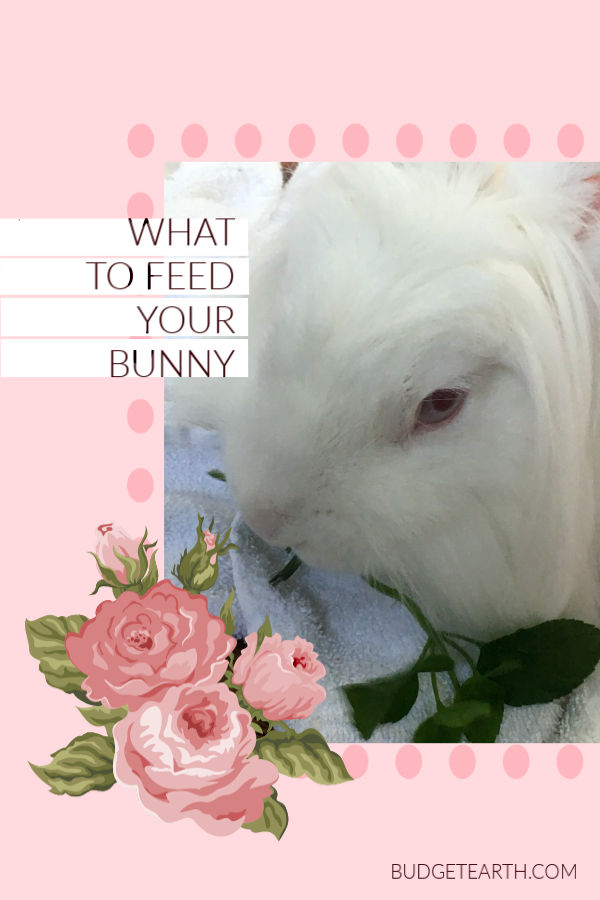
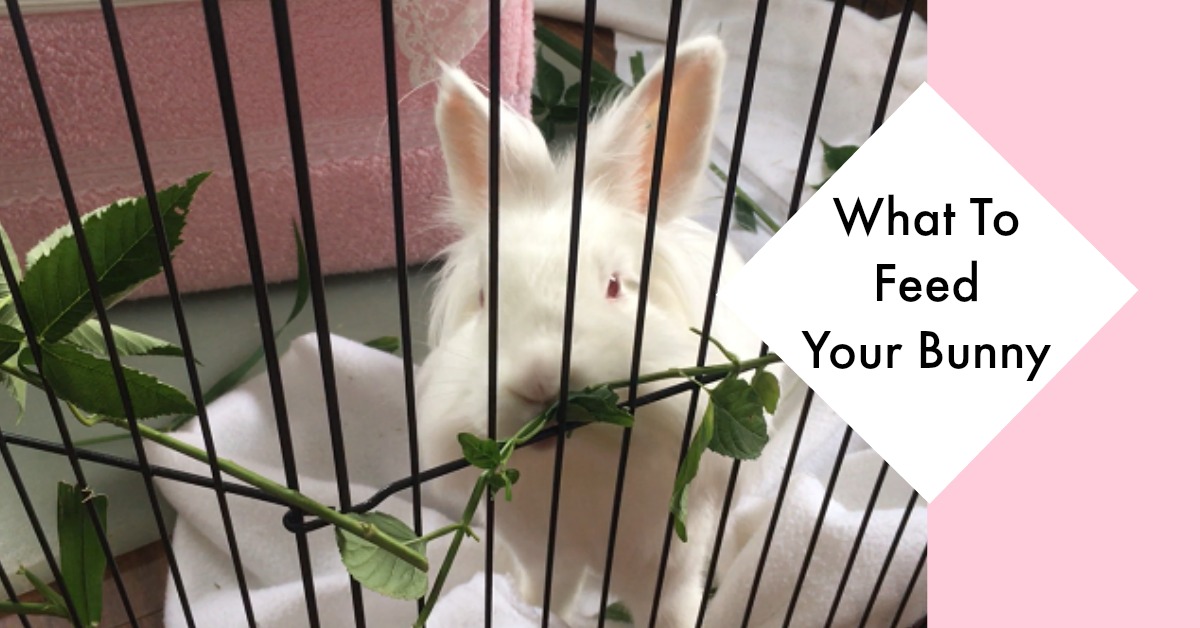
Gorgeous rabbit! Thanks for the tips!
Thank you! The male model was well compensated for his time with tasty tidbits, haha.
Great tips! Your Biscotti is precious. I like what you said about introducing new foods slowly and monitoring stools – that’s helpful. I’ll print out this list for our Pancakes!
Thanks so much, Martha! Give your bun an extra snuggle from me and Biscotti.
Very good to know, lots of wild rabbits in the park here. I find that some types of leaves work. Also rose petals
That’s true, there are many types of leaves (some I discussed above) that are good for bunnies and they love rose petals, too! It’s just important to remember to research what you’re offering (for example, peach and cherry tree wood/pits/leaves are poisonous but apple wood/leaves are okay) and to carefully wash whatever is given the buns because – especially if you gather greenery from outside – you never know what kind of pesticides, etc. may be on them.
Wow you really have done your homework, and also do know what a bunny loves! I never really gave it any thought, but it is good to know what is good for them, and what is not!
Thanks, Rosie! My animal friends like Blaze and Biscotti do so much for me without even knowing it; I want to be sure I’m giving them the happiest, healthiest and best life they can have in return.